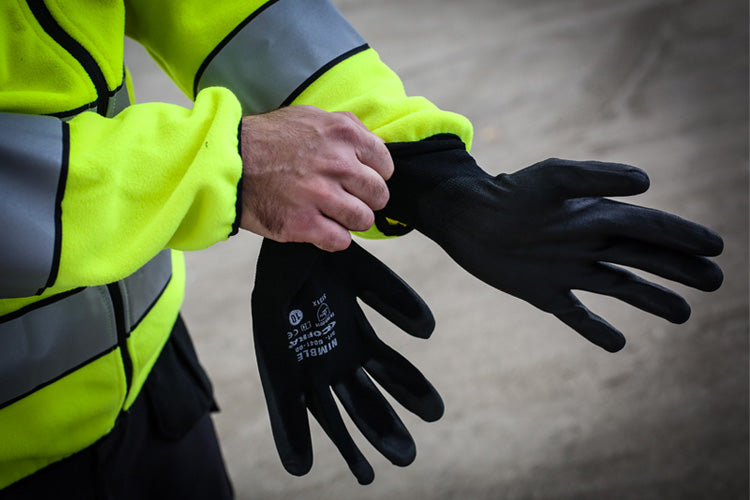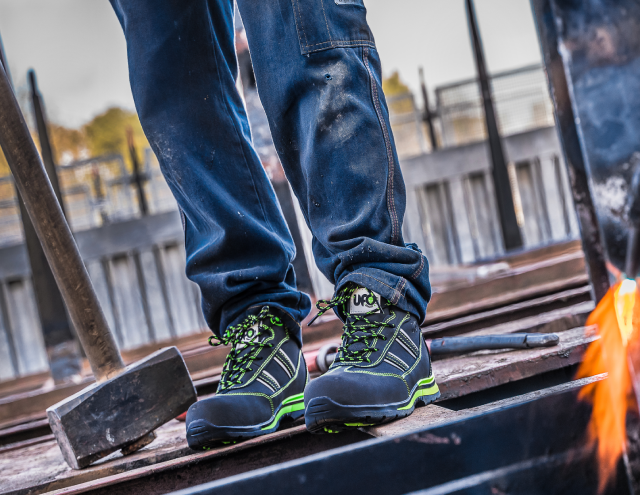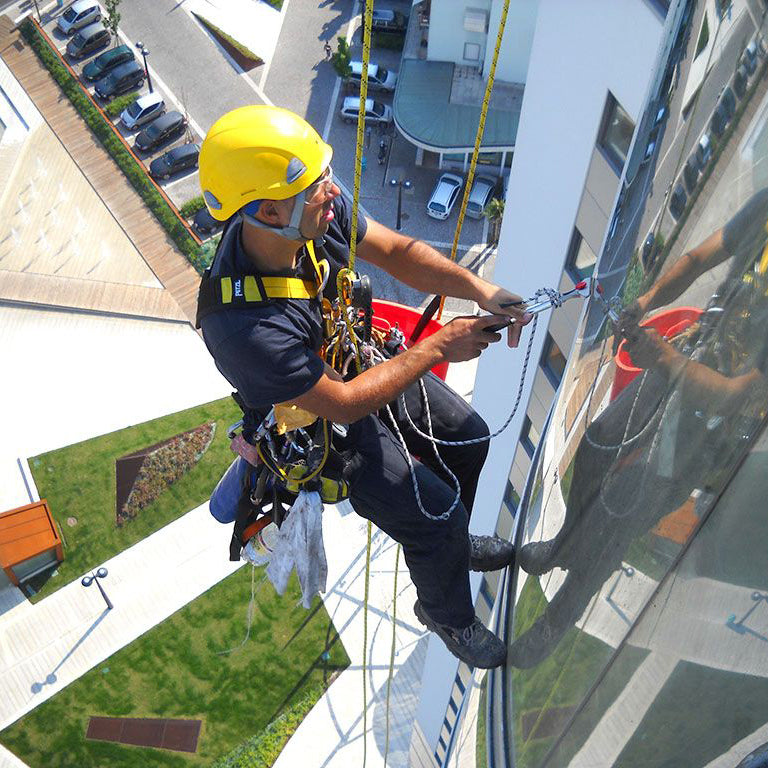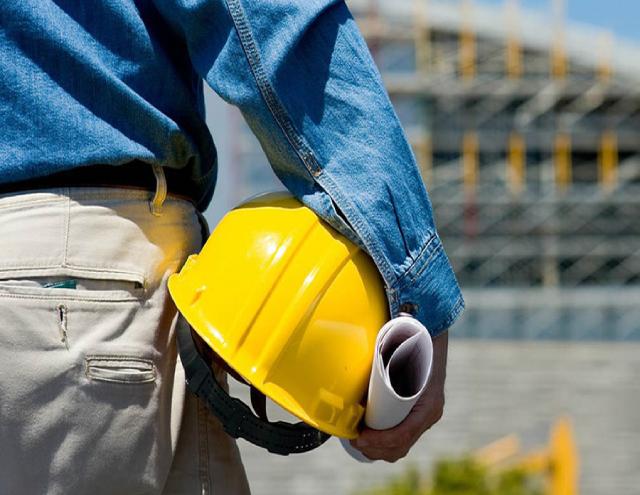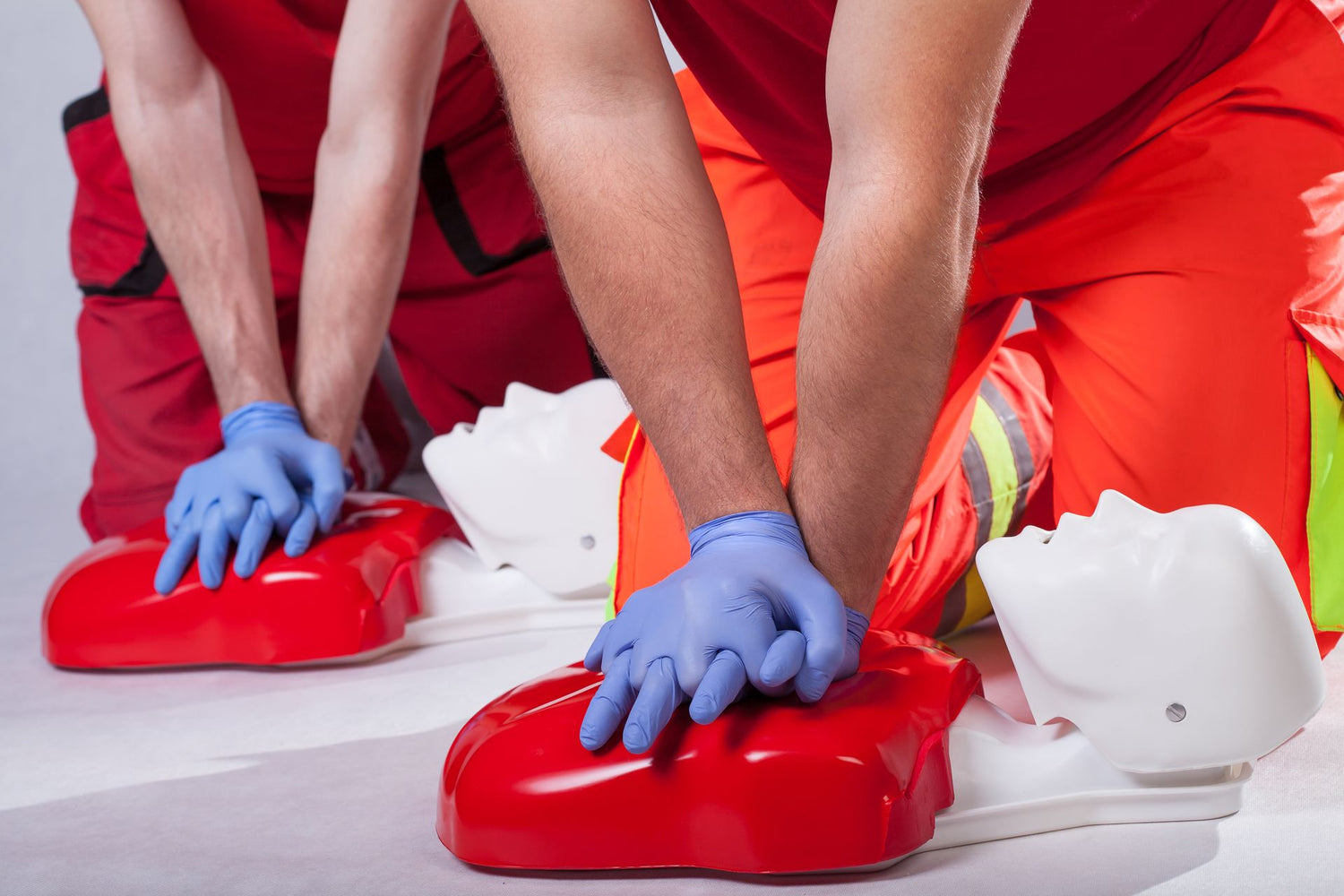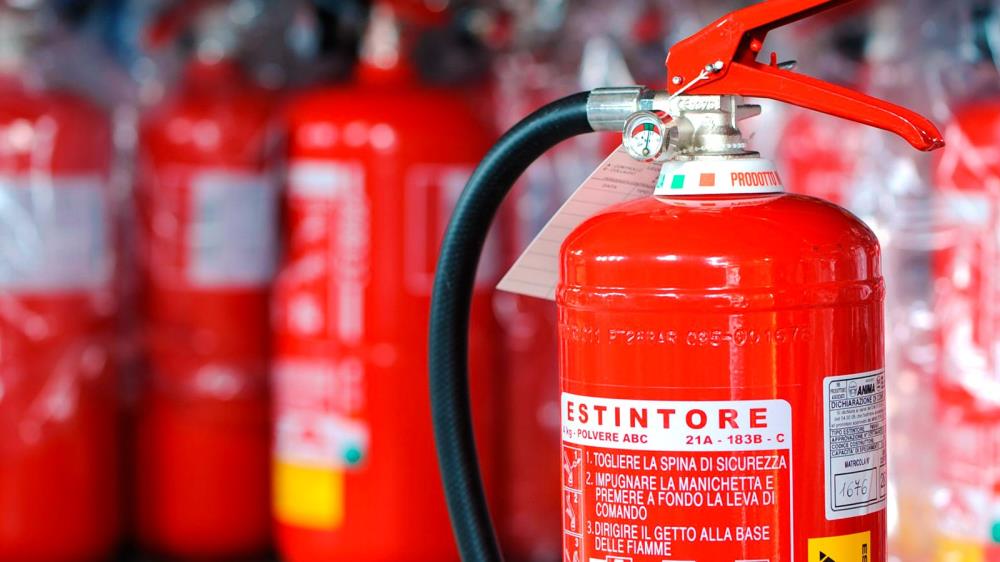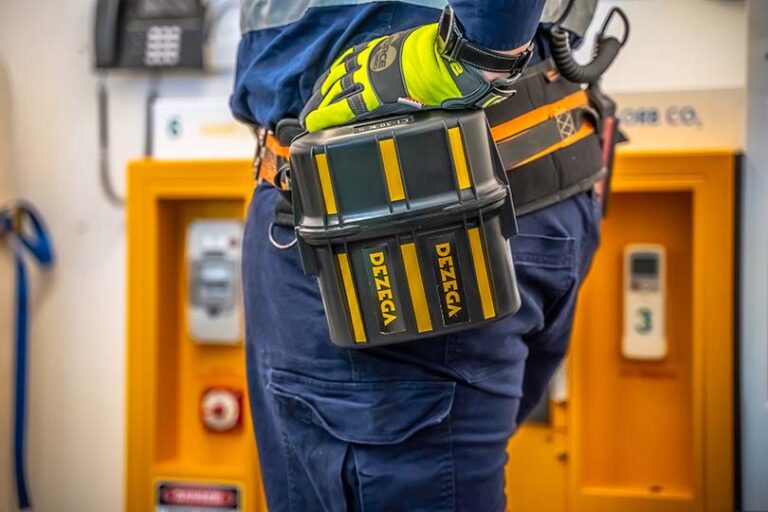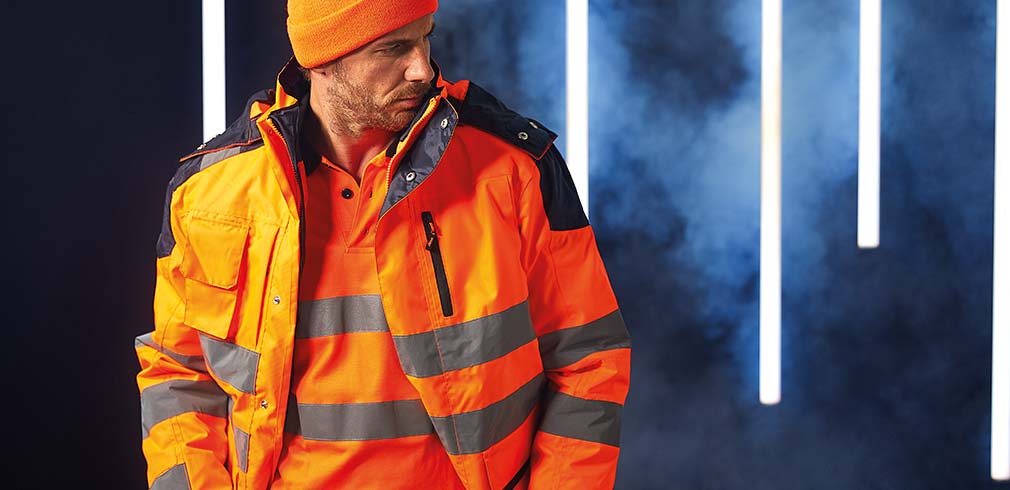Mechanical protection gloves are personal protective equipment (PPE) essential to prevent the occurrence of work accidents and occupational diseases related to hand exposure.
There are different models of general purpose and cut resistant safety gloves that cater to different types of applications and work environments: construction, cleaning, loading and unloading, among others.
Find out how to choose mechanical protection gloves and protect your hands during your work activities.
The main functions of mechanical protection gloves
Work and protective gloves , as the name suggests, are intended to protect workers' hands from risks related to mechanical actions, contact with electric current, hot or cold surfaces, biological agents, chemical agents, radiation or any combination of these. .
Work gloves are essential to the health and safety of workers and as well as protecting the hands, they can provide forearm and upper arm protection, depending on their length.
Mechanical protective gloves must allow for maximum dexterity and be suitable for the activities and tasks to be performed. The worker must be correctly informed of the functions and limits of his PPE.
Types of mechanical protective gloves
Mechanical protection gloves can be made from natural fibers such as cotton, synthetic fibers such as polyamide or polyester fibers and high-performance fibers. The following types of safety gloves are highlighted:
Mechanical protective gloves for general use
General purpose mechanical protection gloves are made of polyamide, cotton or polyester and have different coatings such as nitrile, latex or polyurethane.
This type of PPE offers protection against dirt and mechanical risks, such as cuts, breaks or abrasions. On the other hand, it should also be noted that its use allows for better adherence to various oily, dry or humid environments.
Cut resistant mechanical protective gloves
The cut resistant mechanical protective gloves are built to provide protection from sharp objects such as sharp edges, glass and metals.
This type of PPE offers greater protection than other general purpose gloves , as it is made with materials that aim for superior performance against mechanical risks.
Some models of mechanical protection gloves
There are currently numerous models of protective work gloves on the market that can be purchased for your company and your workers. They are distinguished:
Nitrile coated nylon glove
Waterproof and abrasion resistant glove
Glove in nylon and raw latex
Fine textured latex coated glove: Provides excellent feel and grip
cotton glove
Cotton Glove – Exceptional cut, puncture and abrasion resistance
Head type glove
Leather glove recommended for the automotive, furnishing, loading and unloading sectors
fiber glove
Dyneema fiber glove resistant to oils, liquids, abrasion and cuts
Aspects to consider when choosing and using mechanical protective gloves
When selecting and using mechanical protective gloves, the following aspects must be taken into account:
- The use of mechanical protective gloves should be based on a selection process with a view to effective protection against mechanical and other risks present in the respective activity of the worker. There are still other relevant selection factors to consider, such as size, proper fit to the hand, task sensitivity, among other aspects.
- Safety gloves must be identified with the name of their respective owner to avoid exchanges of equipment between employees.
- A specific and individualized place or container must be used for the storage of each employee's protective gloves . This way there is no risk of contamination and dirt.
- Oil-based hand creams should not be used when wearing rubber or plastic gloves.
- Mechanical protective gloves must be put on and taken off correctly and the worker must avoid soiling or wetting the inside.
- Workers must take care of the cleaning and proper maintenance of their safety gloves (check the state of the seams - if present, fabrics and materials, check if they are damaged or cut and if they need to be replaced).


